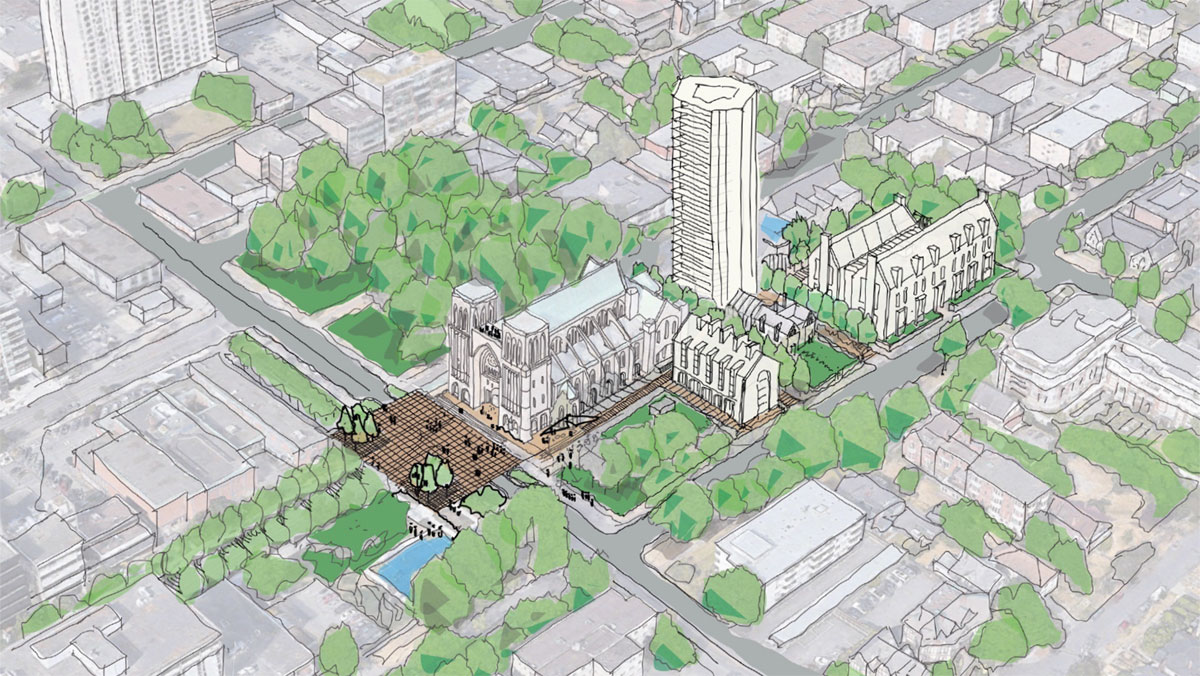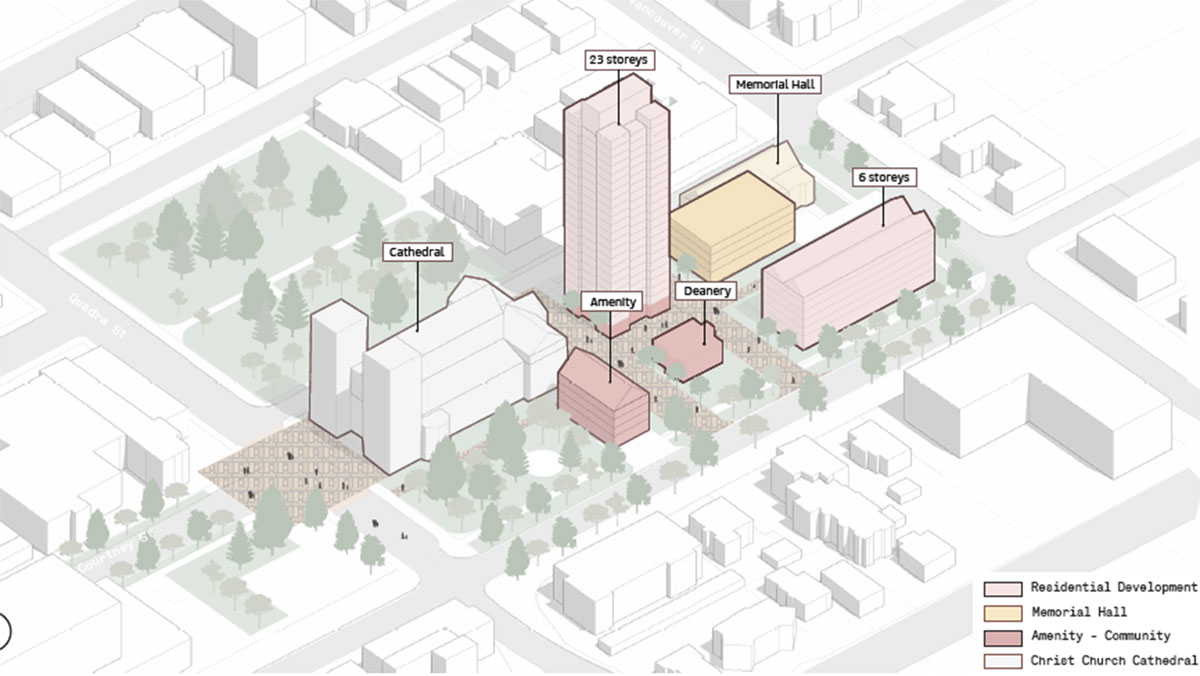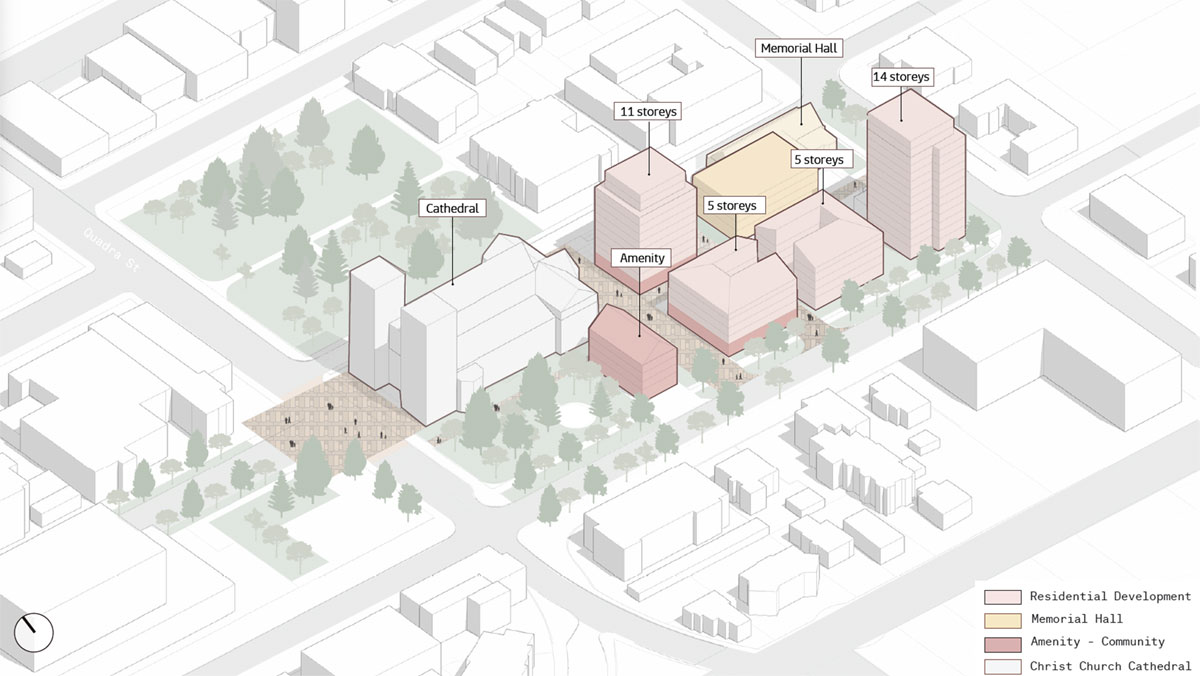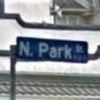We claim we set up uber-strict rules to preserve and protect not just the precious old building but also its precious district, and yet when you get right down to it the last thing we really want to do is preserve and protect the precious old building or its precious district. So if the building falls apart or its immediate surroundings decline (or get "declined" on purpose), then what was the point of the strict rules in the first place? It's all just more fake politics. Nobody actually gives a damn, nor did they ever.
Are you suggesting other property owners/developers should have paid for the maintenance and repairs to the cathedral?
I'm saying recent new developments could have chipped in, for sure. Instead of forked-tongue policies which restrict development in a particular district in order to "protect and preserve" that district (but not really, because there is no truth in politics and nobody ever actually means what they say), it could have easily worked the other way. Development could have been taken advantage of in order to actually protect and preserve the notable elements, and -- you know -- forestall the necessity of building frickin' highrise buildings on the very property we claimed we were trying to defend from highrise buildings.
Are the special and notable things that we desperately want to preserve really so special and notable? Do we really want to preserve those things? Then I can't think of a better kind of urban amenity fund than this.
Here's the thing: you build an upscale new residential development in the vicinity of something notable because that notable something is what justifies the existence of the upscale residential development in the first place. The relationship between those elements should be obvious. It's not as if we're talking about random coincidences here.

















